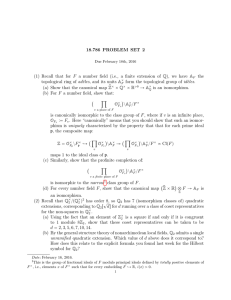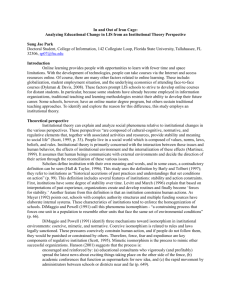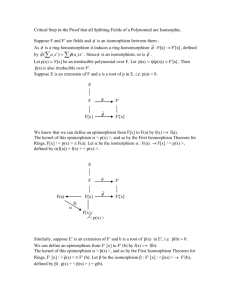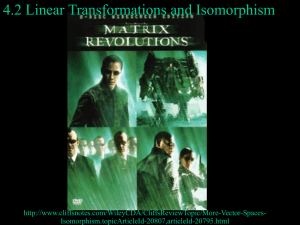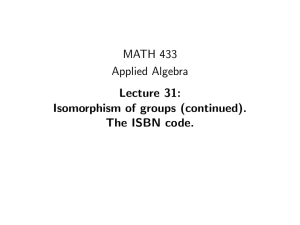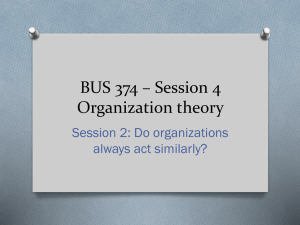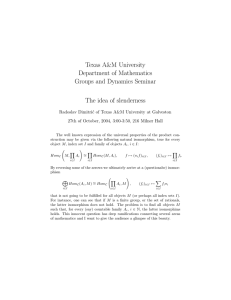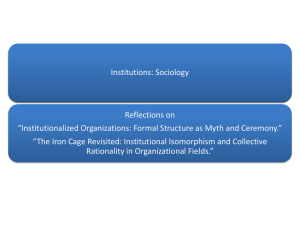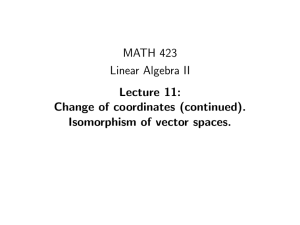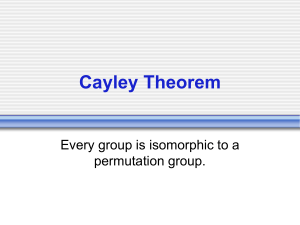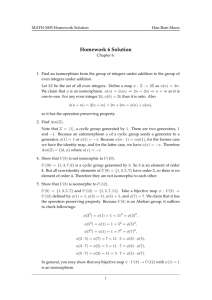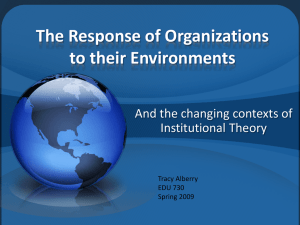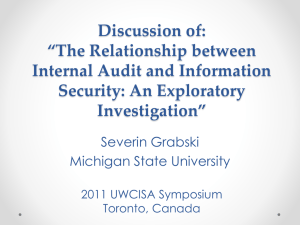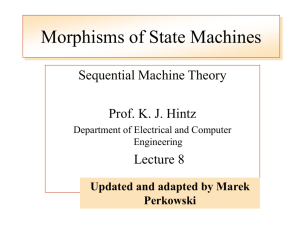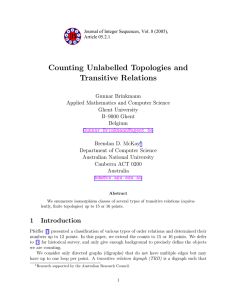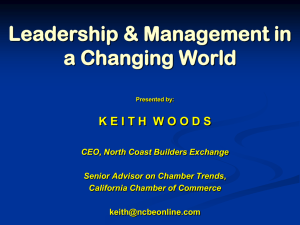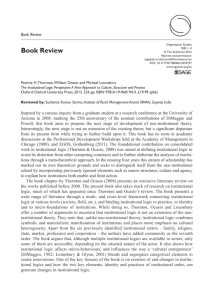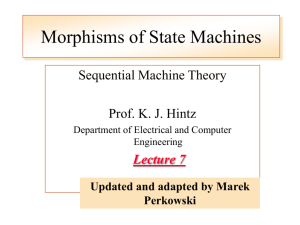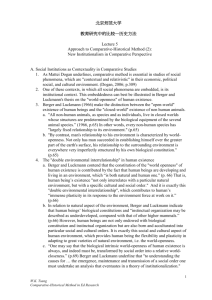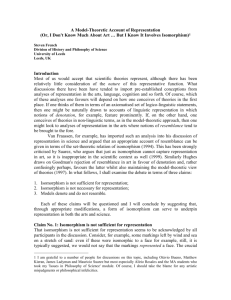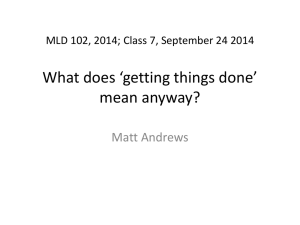14 Institutional Analysis SP 2012
advertisement
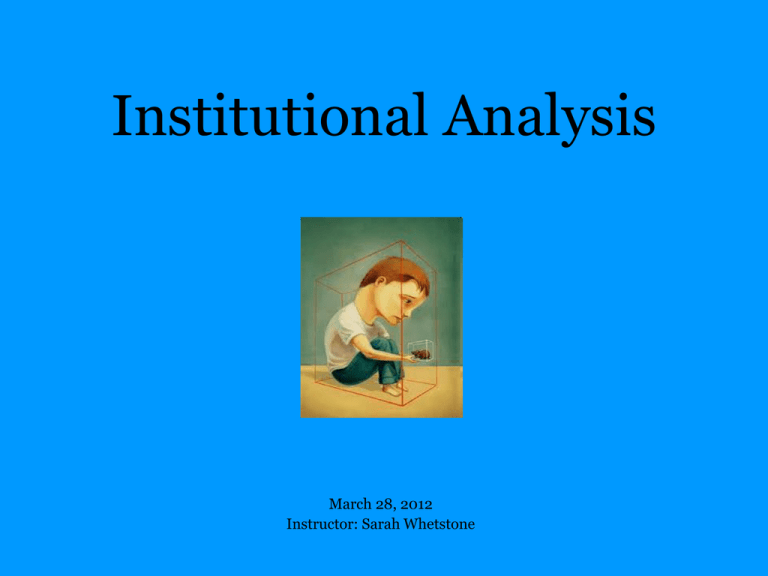
Institutional Analysis March 28, 2012 Instructor: Sarah Whetstone Readings and Key Concepts • Paul DiMaggio and Walter Powell - “The Iron Cage Revisited” – Bureaucratic rationalization (iron cage) – Isomorphism – different types • Mark Granovetter - “Economic Embeddedness” – Under-socialized v. Over-socialized behavior – Embeddedness in social relations – Trust and malfeasance Institutions and Human Behavior… • Durkheim – institutions are functional, a means to ensure human behavior serves social ends • Parsons – institutions are “sets of norms that go together.” • But this “need” cannot determine how individuals interact, with some freedom– importance of interdependent action (p. 142). Paul DiMaggio • Born 1951 in the United States • Works as a Professor at Princeton University since 1992 Walter Powell • Born 1951 in the United States • He is a professor of Education, Sociology, Organizational Behavior, and Communication at Stanford University since 1999. “The Iron Cage Revisited” (1983) Organizations slowly become the same, through a process of institutional and competitive isomorphism. Updating Weber… • Weber argued that an emphasis on efficiency and rationalized systems– driven by capitalist markets-- led to increasing bureaucratization-the “iron cage.” • But– Researchers see something different. Inefficiency and “non-productive ritual” is common… • DiMaggio & Powell: Organizations remain similar– and continue to become more like each other– because of different “isomorphic” pressures. Isomorphism… “A constraining process that forces one unit in a population to resemble other units that face the same set of environmental conditions” (149). In your small groups, identify the four types of isomorphism, and provide an example of each process. Types of Isomorphism that shape institutions/organizations… Competitive Isomorphism: Driven by regular market pressures Institutional Isomorphism: Coercive: Driven by government regulation, political influence, search for legitimacy Mimetic: Driven by standardized responses to uncertainty Normative: Socialization of workers– professionalization– creates pressures to work in accepted ways Why do organizations tend to become so similar? • Case in point: Decline of local family-owned restaurant and rise of chains (McDonaldization) http://www.youtube.com/watch?v=Fdy1Ag O6Fp4 • Why does this occur, according to DiMaggio and Powell? • Competitive isomorphism? Coercive, mimetic, or normative? Discuss in Small Groups… Some organizations don’t seem to follow the theory of isomorphism… Compare coffee shops and bars. ** Identify the features of a chain coffee shop like Starbucks that fit isomorphism. Does a neighborhood bar share these features– does the bar fit DiMaggio and Powell’s theory? ** Why do you think coffee shops tend to be more isomorphic than bars? Is this always true? Exceptions? Mark Granovetter • Born 1943 in the United States, currently Professor in the School of Humanities and Sciences at Stanford • Social network theory and economic sociology • Economic Embeddedness (1985) – How are actions conditioned by network contexts? – How are behavior and institutions affected by social relations? Oversocialized/Undersocialized… • The oversocialized human – Humans are deeply embedded in institutions – They are strongly socially constrained – Their behavior is follows predictable scripts and norms • The undersocialized human – Humans are egoistic and autonomous – They are calculating, rational actors – They have all the information about other people and processes, act on their own self interest, and are totally free to act. • Granovetter’s “middle position” – • What is it? Embeddedness… • The idea that economic relations between individuals or firms are embedded in actual social networks and do not exist in an abstract idealized market. • Economic behavior is not over-socialized (Durkheimian tradition) • or under-socialized (economists, “game theory”), • but rather, it is constrained by social networks. • Social relations can generate trust and/or discourage malfeasance.
